All About Potassium Monophosphate
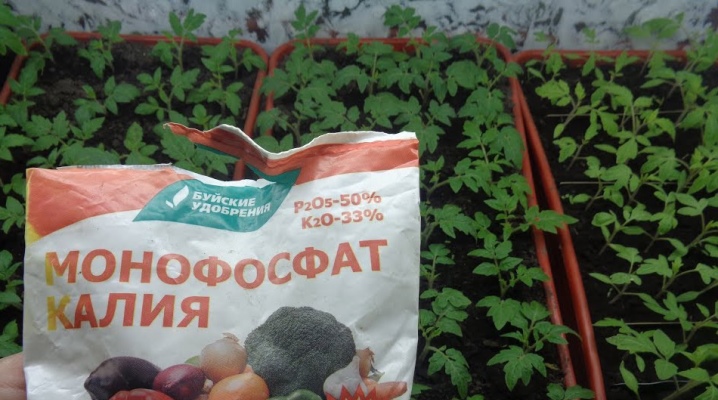
The cultivation of vegetable, berry and flower crops today is not complete without the use of fertilizers. These components allow not only to significantly stimulate plant growth, but also to increase their yield. One such remedy is a drug called potassium monophosphate... As the name suggests, fertilizer consists of potassium and phosphorus, but if we consider phosphorus combinations of components, then only monophosphate is used as a fertilizer... Gardeners and gardeners use this drug for feeding, which is applied to the soil, as a result of which the plants receive additional nutrition and develop better.

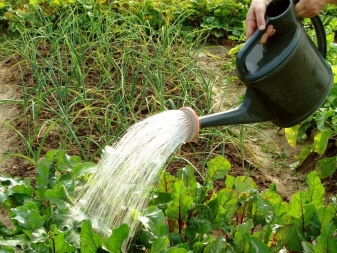
Peculiarities
Potassium monophosphate has an important feature that is the versatility of this fertilizer... The tool is equally effective for both garden plants and indoor flowers. The use of the chemical monopotassium phosphate not only increases yields, but also contributes to resistance to fungal diseases, and also helps to survive the harsh winter months.
The fertilizer is intended to be applied to the soil and nourishes the plant by passing through its root system. The composition is introduced during diving and disembarkation at a permanent place of seedlings, during flowering and after the end of this phase.
The drug is quickly absorbed and actively manifests itself in all types of green spaces, improving their condition.
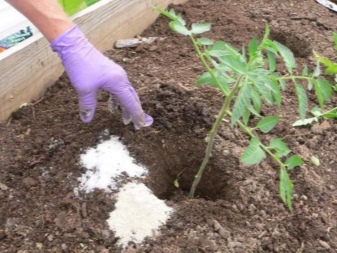
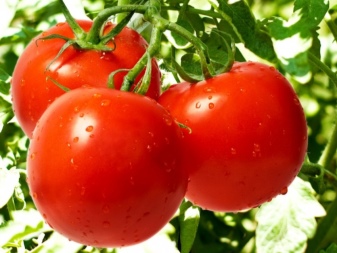
In addition to its versatility, potassium monophosphate has other features.
- Under the influence of fertilization, the ability of plants to form a large number of lateral shoots increases. As a result, many flower buds are formed in fruiting species, which over time form fruit ovaries, increasing productivity.
- Plants assimilate this top dressing well with all their parts. With its excess, there is no danger of harming the plantings, since excess fertilizer will simply remain in the soil, making it more fertile.
- Potassium monophosphate can be combined with various drugs designed to combat diseases and pests of green spaces. Therefore, planned treatments and feeding can be performed together with each other.
- If the plants have enough potassium and phosphorus during their growth, then they are not affected by pests and fungal spores. Therefore, fertilization is a kind of immune stimulation.
- When potassium and phosphorus are added to the soil, the composition of its microflora improves, while the pH level does not change.
Monopotassium phosphate significantly improves the appearance of flowers and fruits - they become brighter, larger, the fruit taste improves, since they accumulate saccharides and microcomponents useful for humans.

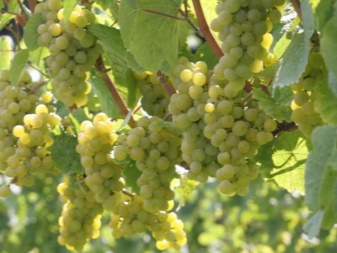
Properties and composition
Potassium monophosphate is mineral fertilizer and is produced in the form of small granules... To prepare a liquid form, the granules must be dissolved in water, they contain about 7-8 grams in a teaspoon - this amount is enough to obtain 10 liters of a working solution. Fertilizer in dry form contains up to 51-52% of phosphorus components and up to 32-34% of potassium.
The formula of the drug looks like KHPO, it is obtained by chemical conversion from KH2PO4 (dihydrogen phosphate), because potassium monophosphate fertilizer is nothing more than a derivative of the potassium salt of orthophosphoric acids. The change in the formula was made taking into account the use of the finished substance in agricultural technology, therefore the finished product has a color from white to brown, which depends on the presence of sulfur impurities in it.

The properties of the prepared solution depend on the duration of its storage and the quality of the water in which the preparation was diluted. You should know that powder fertilizer is prepared using boiled or distilled water, and the granular form can be dissolved in any water. The finished liquid must be used immediately, since under the influence of external factors, its positive qualities for plants are reduced.
Monopotassium salt is chemically neutral in terms of pH values. This feature allows you to combine the drug with other dressings.
The product dissolves quickly in water and when applied as a root top dressing prolongs the flowering phase, allows fruits to accumulate more saccharides in their composition and increases their shelf life. The use of the product makes it possible to achieve increased growth of lateral shoots, therefore, for flowering crops that are grown for cutting, frequent use of the drug is undesirable, since the cuttings of the flowers will be short. Such fertilization is impractical to use for plants that have slow growth. - these are succulents, azaleas, cyclamens, orchids, gloxinia and others.
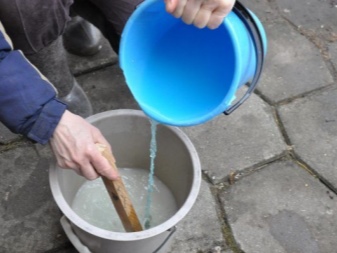
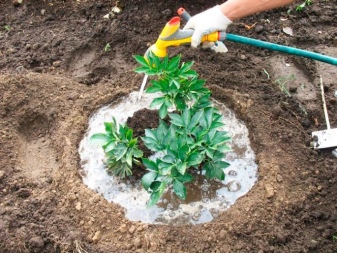
Advantages and disadvantages
Like any drug, potassium monophosphate preparation has advantages and disadvantages.
Let's start with the positive aspects of fertilization.
- The buds are set earlier in plants, and the flowering period is longer and more abundant. The flowers have brighter shades and are slightly larger in size than those of plants that grow without such feeding.
- Plants stop getting sick with powdery mildew and other fungal diseases. Increases resistance to garden pests.
- Frost resistance increases significantly, since under the influence of fertilizer, young shoots have time to ripen and get stronger before the onset of cold weather.
- The drug does not contain elements of chlorine or metals, therefore, plants do not have root system burns when using it. The product is well and quickly absorbed, and its consumption is economical.
- The granules dissolve well and quickly in water, the ratio of potassium and phosphorus is selected optimally. The working solution of the plant can be fertilized every 3-5 days without fear of overfeeding.
- The product is compatible with pesticides.
- It has a beneficial effect on soil bacteria, does not change the acidity of the soil.
There are no contraindications to the use of potassium monophosphate for plants. But experts believe that it is not worth combining this product with nitrogenous components - it is better to use them separately.
In order for the plantations to actively assimilate potassium and phosphorus, they need a developed green mass, which is recruited by absorbing nitrogen.
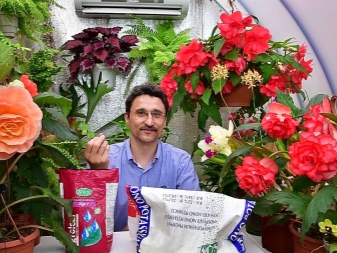

There are also downsides to using potassium monophosphate.
- For high efficiency, fertilizer is administered to plants only in liquid form. In this case, weather conditions also play an important role - in a rainy or too hot summer, the effectiveness of the drug will be reduced. When using the product in a greenhouse, the latter must be frequently ventilated and the plants must be well illuminated.
- Under the influence of fertilizer, active growth of weeds begins, so weeding and mulching of the soil around the plants will require regular. It will have to be done more often than usual.
- If the granules come under the influence of ultraviolet rays, as well as at high humidity, their activity is noticeably reduced. The drug quickly absorbs moisture and forms lumps, losing its beneficial properties.
- The prepared working solution must be used immediately - it cannot be stored, since it quickly loses its properties in the open air.
It is not always appropriate that fertilization induces an increased tillering capacity in plants. For example, flower crops may lose their decorative appeal, and when growing flowers for cutting, such specimens will be of little use.

Russian manufacturers
On the territory of the Russian Federation there are many enterprises that are engaged in the production of chemical mineral fertilizers. Let us give as an example a list of manufacturers who supply fertilizers to specialized outlets or are engaged in wholesales:
- JSC "Buisky Chemical Plant" - Bui, Kostroma Region;
- LLC "Modern technologies of quality" - Ivanovo;
- Eurochem, a mineral and chemical company;
- group of companies "Agromaster" - Krasnodar;
- trading and manufacturing company "DianAgro" - Novosibirsk;
- LLC Rusagrokhim - distributor of Eurochem;
- Fasco company - Khimki, Moscow region;
- LLC "Agroopttorg" - Belgorod;
- LLC NVP "BashInkom" - Ufa.
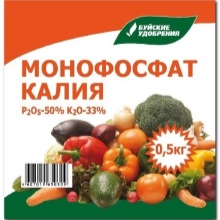
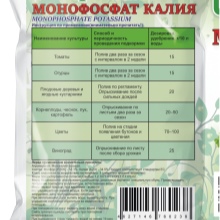
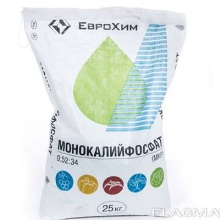
The packaging of potassium monophosphate can be different - from 20 to 500 grams, and it can also be 25 kg bags, depending on the needs of the consumer. A drug after opening, it is desirable to quickly implement, since exposure to air and ultraviolet radiation reduces its properties.
For example, for those who are engaged in indoor floriculture, disposable packages of 20 grams are suitable, and for a large agricultural complex, it is advisable to purchase in packing in bags of 25 kg or big bags of 1 ton.
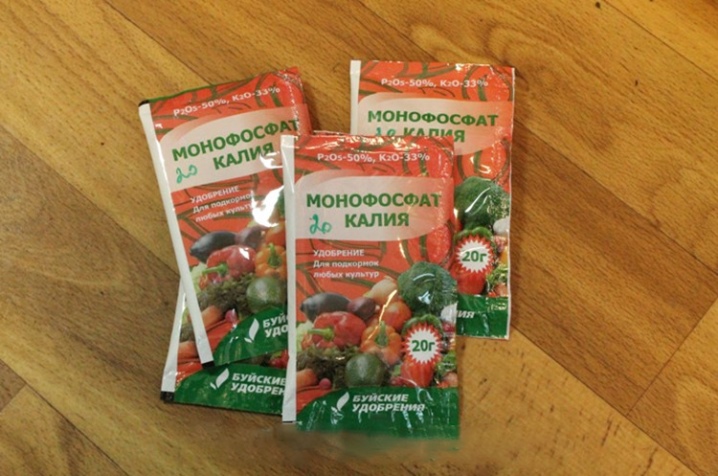
Application
Before starting work, it is recommended that you familiarize yourself with the recommended dosages for plants, which contain instructions for the preparation of potassium monophosphate. In order for the consumption of dry fertilizer to be economical, it is necessary to prepare a working solution in the strictly required amount. The volume of the solution depends on the area in which the crops grow and the type of plants you are going to feed. The instructions indicate the average doses and the rules for the preparation of the solution, which are suitable for both most agricultural crops and for domestic plants.
- Top dressing of seedlings... In 10 liters of water at room temperature, you need to dissolve 8-10 g of fertilizer. Young plants are watered with the same solution after picking. This composition can be used for seedlings of indoor flowers and adult specimens - roses, begonias, geraniums, as well as for flowers that are grown in a garden flower garden. It is impractical to use this remedy for orchids.
- For vegetables grown in open field conditions. In 10 liters of water, you will need to dilute from 15 to 20 g of the drug. The working solution is suitable for use in the vineyard, for tomatoes, dressing on winter wheat, for cucumbers, zucchini, pumpkin and other garden crops.
- For berry and fruit crops... Dissolve up to 30 g of the drug in 10 l of water. A solution in such a concentration is used to fertilize strawberries, used for grapes in the fall, so that it overwinters better, as well as for fruit bushes and trees.
Plants are watered with a working solution at the root, but this agent is also suitable for spraying - it is sprayed on the leaves in the evening. The tool should have time to be absorbed by the leaf plates and not dry out on them ahead of time. Already after 50-60 minutes, the effect of fertilization will be reduced by about 25-30%.
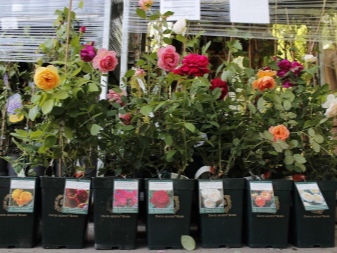
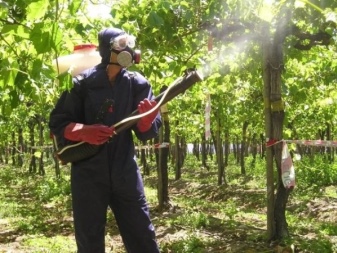
The use of potassium monophosphate has its own characteristics and depends on the growth phase of the plant.
- Top dressing of seedlings. It is performed when the first 2-3 leaves appear (cotyledon leaves are not taken into account). The drug is reintroduced 14 days after the sprouts are dived or placed in a permanent place for further growth in open ground conditions.
- Top dressing of tomatoes. For the entire season, after planting them in open ground, the plants are fed twice with an interval of 14 days between procedures. 2.5 liters of solution are poured onto each adult bush.
- Fertilizing cucumbers... Watering is carried out twice a season with 2.5 liters of solution for each plant. In addition, foliar feeding by spraying the leaves is allowed. If the ovaries of cucumbers take on deformed forms, this indicates that the plant does not have enough potassium. In this case, spraying with the drug will help correct this situation. The emphasis should be placed on frequent spraying, while watering at the root will only contribute to the growth of the root system.
- Processing of root crops, including onions and garlic. A 0.2% solution of potassium monophosphate is prepared - and twice a season the plantings are abundantly watered with this composition.
- Fertilization of fruit bushes and trees. A concentrated solution is used to treat the soil surface at the rate of 8-10 liters per square meter. On average, 20 liters of the composition are poured under a bush or tree. The procedures are carried out after the end of the flowering period, then after another 14 days, and the third time in the second half of September. Such dressings significantly increase yields and prepare the plantings for the winter period.
- Feeding flower crops. For processing, a 0.1% solution is sufficient. First, they are treated with seedlings, and then the fertilizer is used at the time of opening the bud. For each square meter, 3-5 liters of solution are used. Petunias, phloxes, tulips, daffodils, roses, irises and others respond well to such care.
- Grape processing. Basically, this culture is fertilized with magnesium and potassium, but in the fall, when the heat subsides, it becomes cool, they are fertilized with potassium monophosphate in order to ripen the shoots and prepare them for winter conditions. The drug can be sprayed onto leaf plates or applied under the root. The procedures are carried out once every 7 days until the beginning of October.
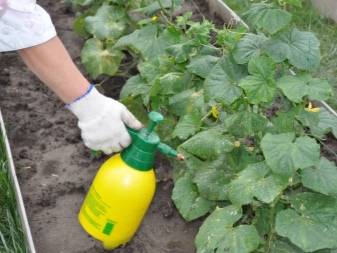

Potassium monophosphate effective for extending the planting period of seedlingsif it is not possible to do this in a timely manner due to bad weather conditions. In addition, the remedy improves the condition of plants, in which, for one reason or another, the leaves began to turn brown. For fruit plants, potassium in combination with phosphorus allows you to keep DNA molecules in their original state, which is very important for varietal varieties that can degenerate over time. The combination of potassium and phosphorus makes the fruit sweeter due to the accumulation of sucrose in them.
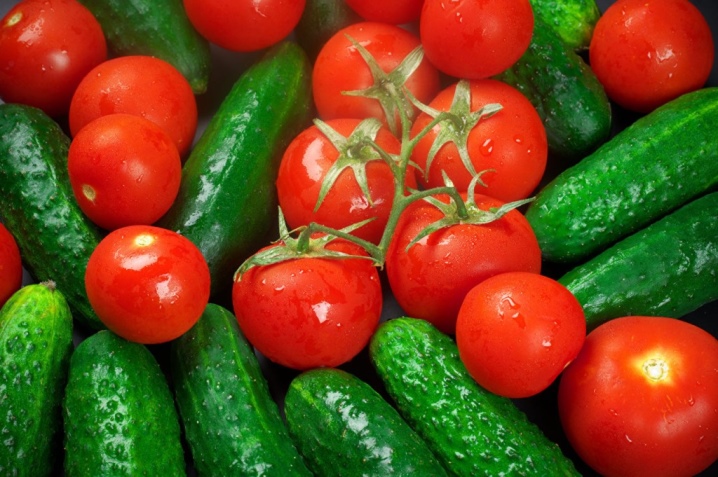
Precautionary measures
Since potassium monophosphate is a chemical agent, before diluting the granules or powder with water, use of personal protective equipment is recommended - gloves, goggles and a respirator that will protect the skin and mucous membranes of the eyes and respiratory system. If the solution gets on open skin or mucous membranes, it must be washed off immediately with plenty of running water. If the working solution enters the stomach, it will be necessary to urgently induce vomiting by ingesting as much liquid as possible, then you should immediately seek medical help.
All work with a chemical preparation must be carried out away from children, animals and reservoirs with fish. After completing the plant feeding procedures, you need to wash your face and hands with soap and water.
Fertilizer should not be stored and applied near a place for eating or preparing food, as well as in the immediate vicinity of medicines. Containers with a dry preparation and a product diluted with water must be sealed tightly.


To feed plants, gardeners often combine pesticides or other mineral complexes. In case of application It is important to remember that potassium monophosphate cannot be combined with magnesium or calcium preparations.
Mixing with these components, potassium monophosphate is neutralized by itself, and also inactivates magnesium and calcium. Therefore, the result from such a mixture will be zero - it will not bring any harm or benefit to the plants.
For information on how to use potassium monophosphate, see the next video.













The comment was sent successfully.